Introduction to Fabric Conditioners: The Unsung Heroes of Laundry
In the realm of laundry care, fabric conditioners often play a silent but crucial role. These liquid or sheet-based products work their magic during the rinse cycle, softening fabrics, reducing static cling, and infusing garments with a long-lasting freshness that goes beyond mere cleaning. Fabric Conditioner 101 is your comprehensive guide to understanding these laundry essentials, from their composition and benefits to how they work their wonders on your clothes.
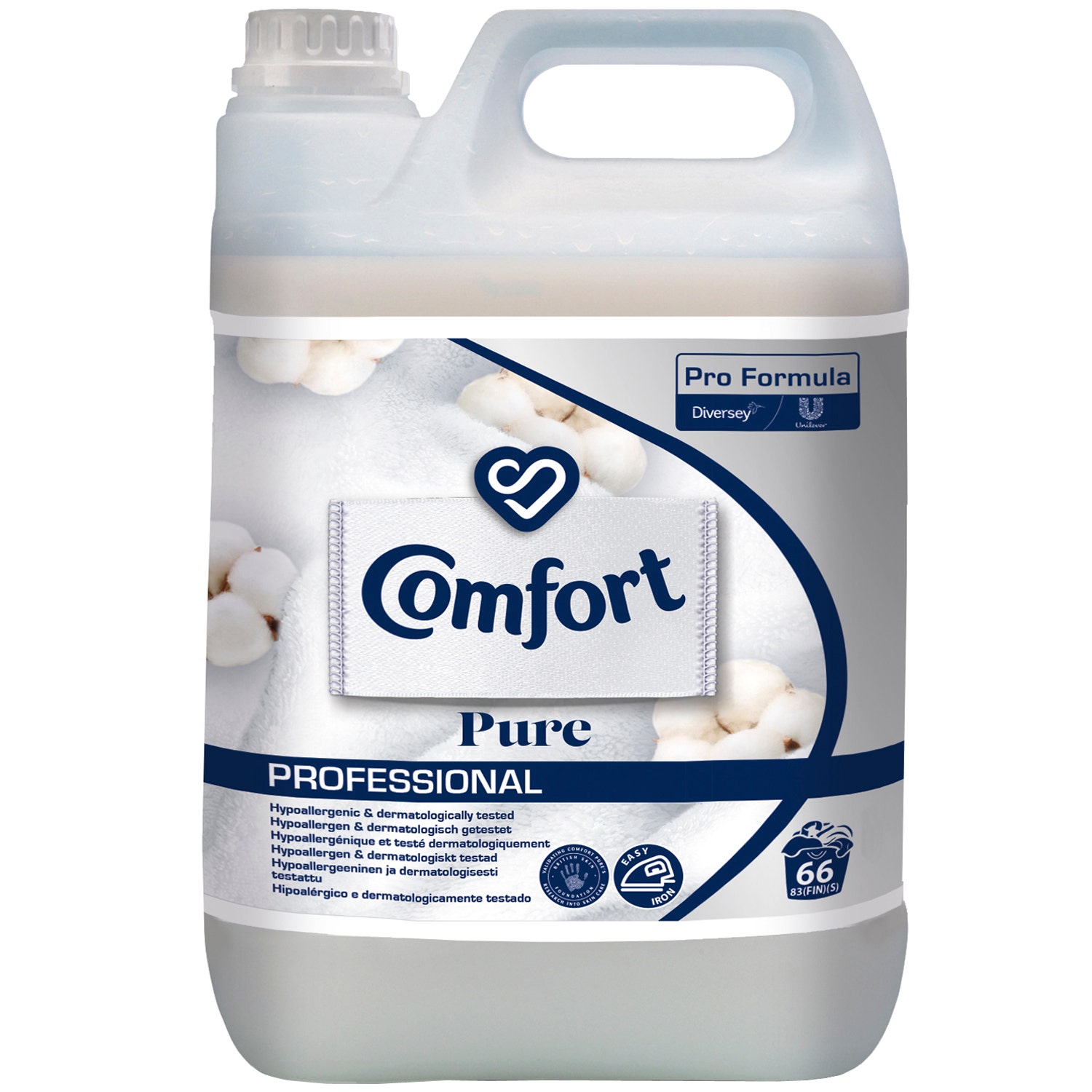
The Science Behind Fabric Conditioning
At the heart of every fabric conditioner lies a carefully formulated blend of surfactants, cationic compounds, and often, a touch of magic in the form of fragrance oils. Surfactants, short for surface active agents, reduce the surface tension between fabric fibers and water, allowing the conditioning ingredients to penetrate deeply. Cationic compounds, positively charged molecules, bind to the negatively charged fibers of most textiles, providing a smooth coating that eases friction between fibers. This not only makes fabrics feel softer but also less prone to wrinkles and pilling. Fragrances, meanwhile, linger on the fabric, releasing a pleasant aroma with every wear and fold.
Softening Fabrics: More Than Meets the Touch
The primary function of fabric conditioners is to soften fabrics, transforming even the stiffest cottons and scratchiest linens into garments that are gentle against the skin. This softening effect not only enhances comfort but also extends the life of clothing by minimizing fiber damage caused by wear and tear. By lubricating fibers, conditioners reduce the mechanical stress during washing and drying, thereby decreasing fiber breakage and maintaining the garment’s integrity over time.
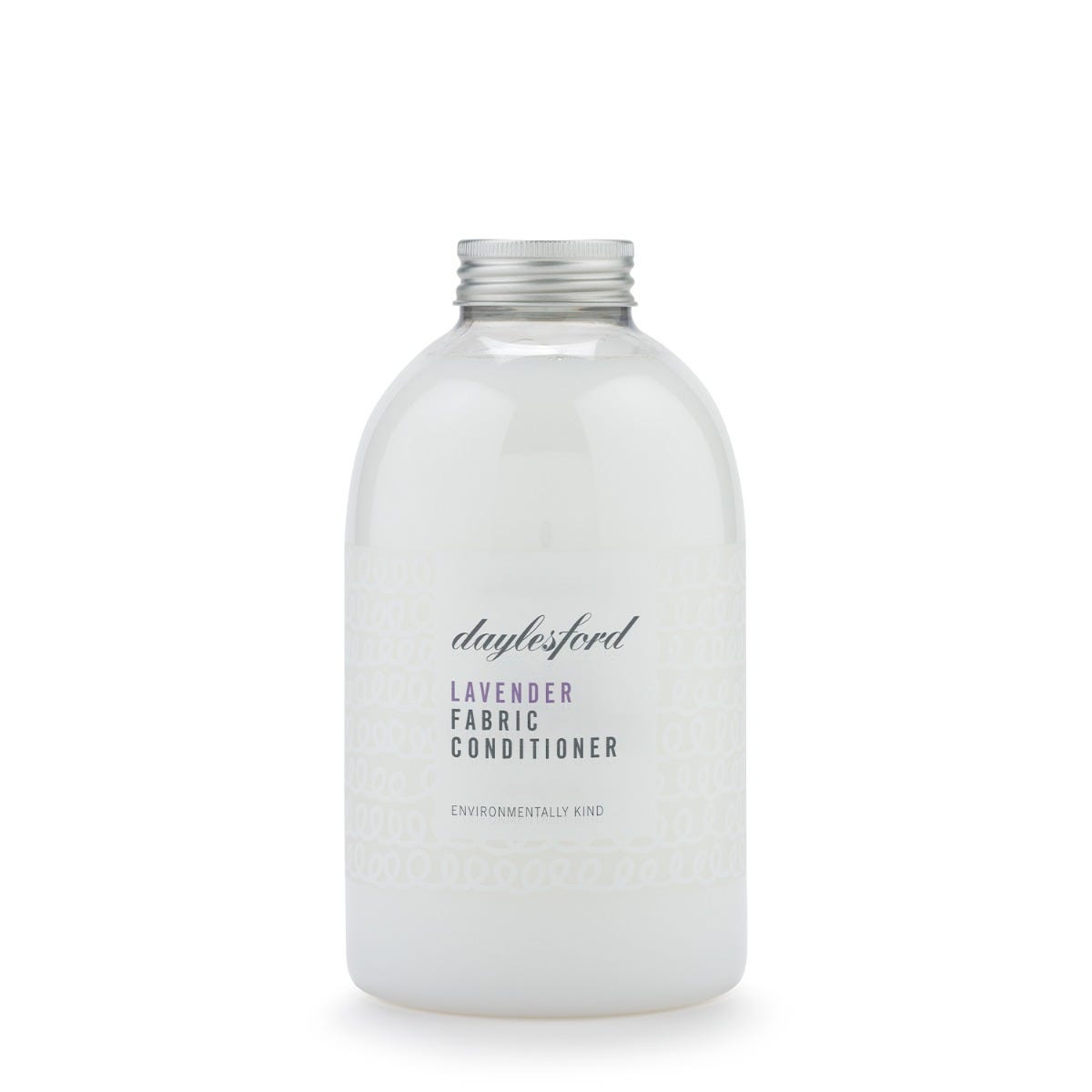
Fighting Static Cling: A Battle Won with Ease
Static electricity is the nemesis of freshly laundered clothes, especially synthetics and blends. It causes garments to stick together or cling uncomfortably to the body. Fabric conditioners contain anti-static agents that neutralize electrical charges on fabric surfaces, effectively preventing those pesky static shocks and ensuring your clothes drape smoothly without clinging. This is particularly beneficial during dry winter months when static buildup is at its peak.
Enhancing Freshness: A Scent-sational Experience
Beyond just softening, fabric conditioners are renowned for their ability to impart a lasting freshness to clothes. High-quality fragrances are encapsulated within the conditioning formula, designed to slowly release over time, even after the wash. This means your laundry continues to smell fresh and clean days after it’s been hung or folded. With a wide variety of scents available, from floral bouquets to ocean breezes, you can customize the aroma of your wardrobe to suit your mood or preference.
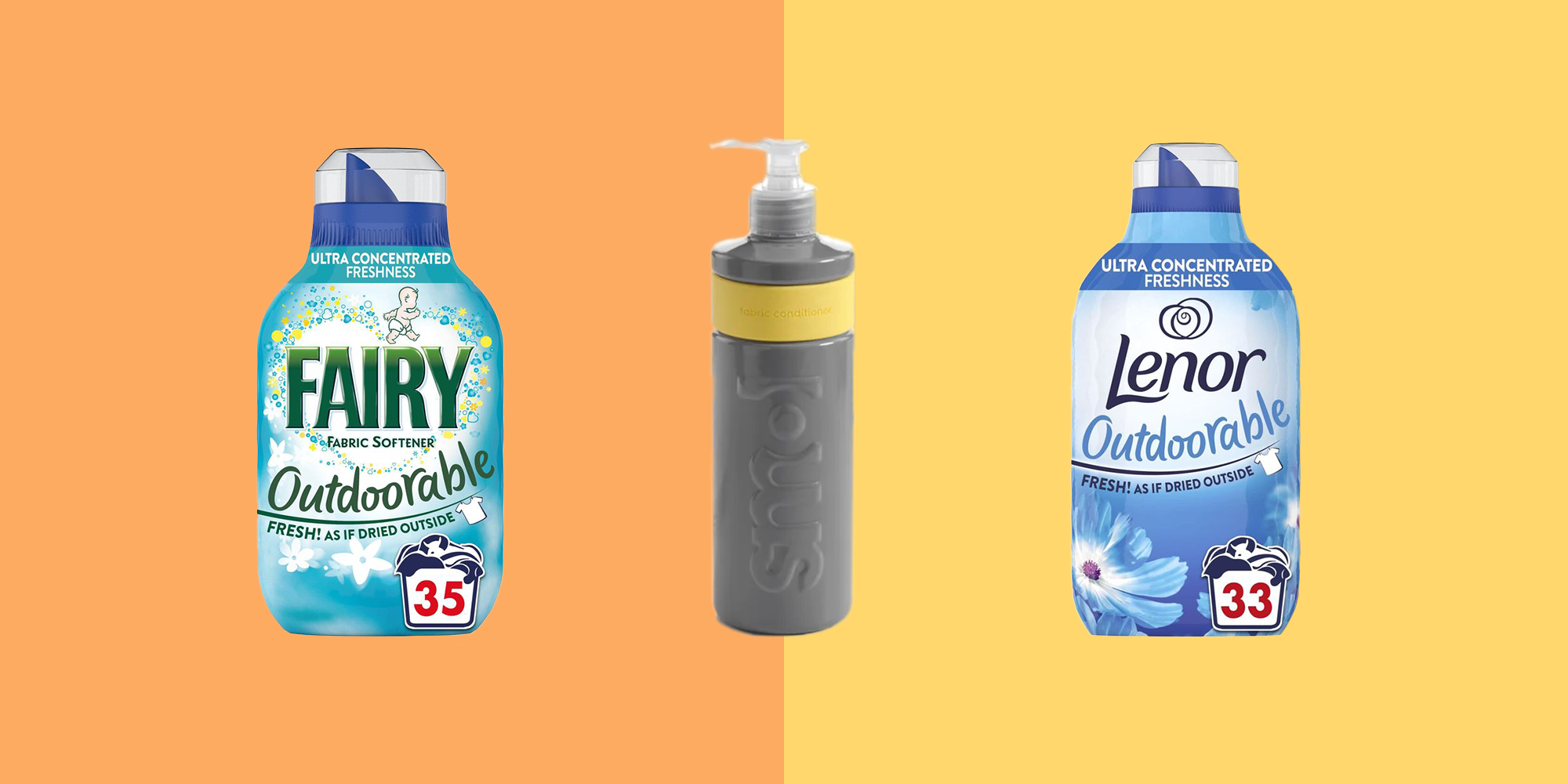
The Environmental Impact: Choosing Eco-Friendly Options
As consumers become more conscious of their environmental footprint, eco-friendly fabric conditioners have gained prominence. Look for products that are biodegradable, phosphate-free, and packaged in recyclable materials. Some brands even offer plant-based formulas, using natural softening agents like vegetable-derived cationics and essential oil fragrances. These alternatives minimize harm to aquatic life and promote sustainable laundry practices without compromising on performance.
Conditioner Compatibility: Understanding Fabric Needs
Not all fabrics benefit equally from fabric conditioners. Delicate materials like silk and wool might react negatively, potentially causing damage or discoloration. Always check the care label on your garments and follow the manufacturer’s instructions. Additionally, athletic wear and other moisture-wicking fabrics require special consideration as conditioners can clog the microfibers, reducing their breathability and performance capabilities. Using a dedicated sports wash or skipping conditioner altogether for these items is advisable.
Economic Benefits: Cost-Effective Luxury
While the initial cost of incorporating fabric conditioners into your laundry routine might seem like an added expense, the long-term benefits often outweigh the costs. Clothes that feel softer last longer, requiring less frequent replacement. Additionally, reduced static cling means less need for ironing, saving both time and energy. Furthermore, the extended freshness provided by conditioners can cut down on the frequency of washing, conserving water and energy resources in the process.
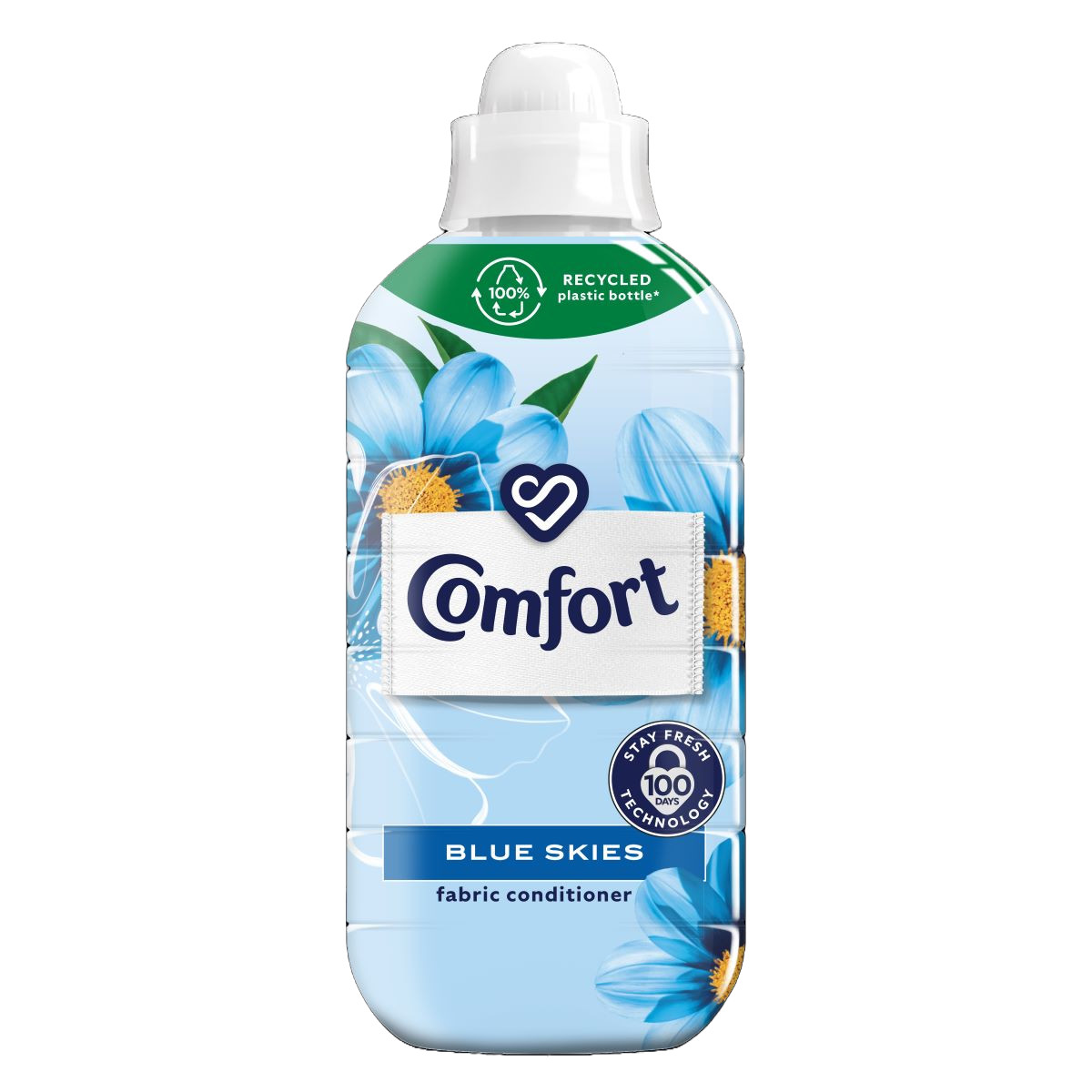
Application Techniques: Maximizing Efficiency
To get the most out of your fabric conditioner, proper usage is key. Liquid conditioners are typically added to the designated compartment of the washing machine or during the final rinse cycle. Fabric softener sheets are placed directly in the dryer with the clothes. Overuse can lead to residue buildup, so adhere to the recommended dosage based on your load size. For hand washing, dilute a small amount in the final rinse water for optimal results.
Addressing Allergies and Sensitivities
While fabric conditioners offer numerous benefits, individuals with sensitive skin or allergies should exercise caution. Fragrances, even natural ones, can sometimes cause irritation. Opt for unscented or hypoallergenic formulas specifically designed for sensitive skin. Always test a small patch before committing to a full load, and consider switching to brands that disclose their full ingredient list for transparency.
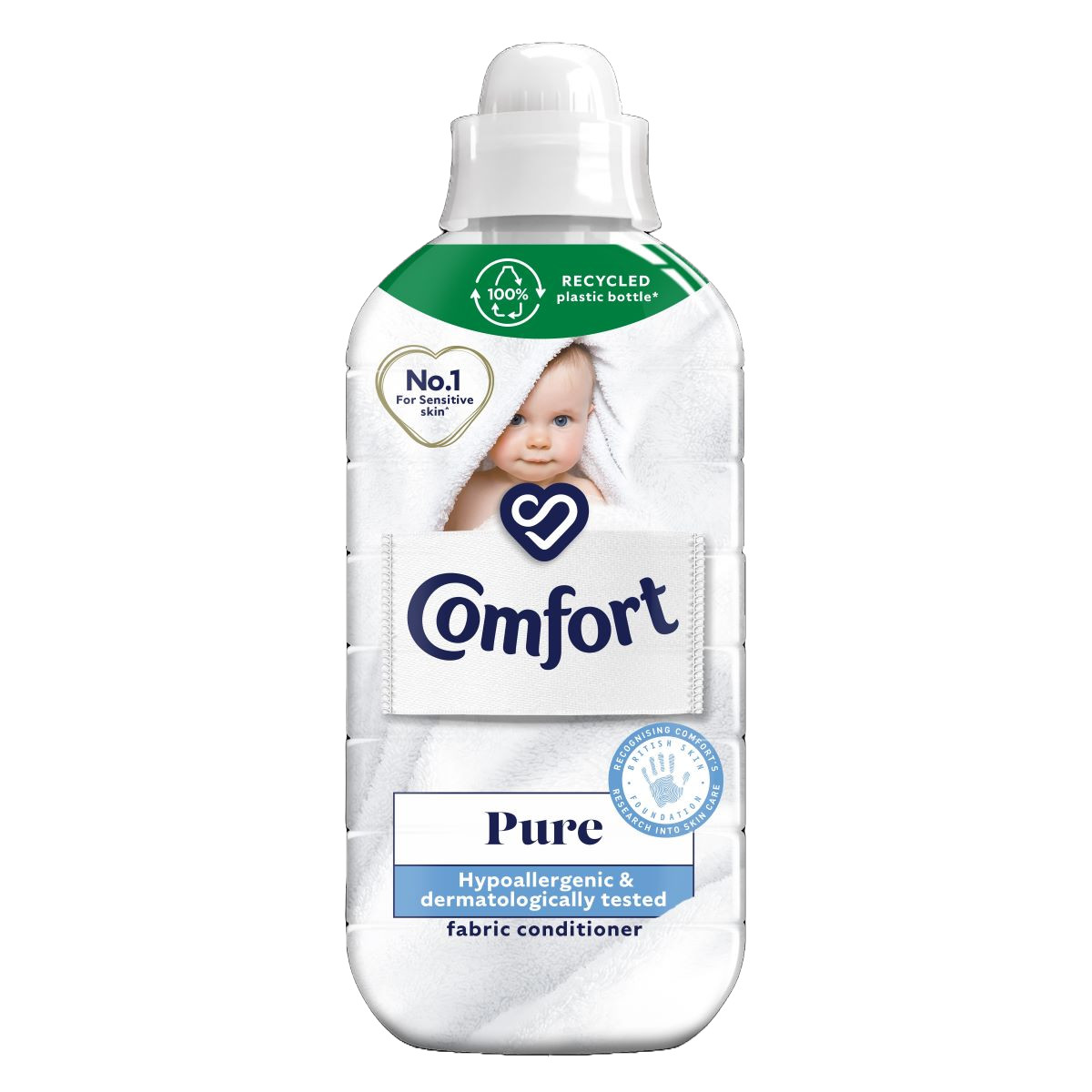
Environmental Sustainability: A Broader Perspective
Choosing eco-friendly fabric conditioners is just one aspect of promoting environmental sustainability in your laundry practices. To further reduce your ecological footprint, consider adopting other green laundry habits:
- Cold Water Washing: Using cold water instead of hot for your laundry can significantly reduce energy consumption. Modern detergents are formulated to work effectively in cold water, preserving fabric quality while saving energy.
- Full Loads: Running your washing machine and dryer only when they’re full optimizes energy use. This practice minimizes the number of cycles, leading to water and electricity savings.
- Energy-Efficient Appliances: Investing in appliances with high Energy Star ratings ensures they consume less energy compared to standard models. These machines may have features like faster spin cycles that extract more water, reducing drying time.
- Line Drying: Whenever possible, opt for line drying clothes instead of using a tumble dryer. This method not only saves energy but also extends the life of your garments by reducing wear and tear from heat exposure.
- Reusable Dryer Balls: As an alternative to disposable fabric softener sheets, reusable dryer balls can soften clothes, reduce static, and shorten drying time. They are a cost-effective and eco-friendly choice over time.
Conclusion: A Well-Conditioned Future
In conclusion, fabric conditioners are an integral part of modern laundry care, enhancing the overall experience beyond basic cleaning. Their ability to soften, reduce static, and imbue garments with freshness adds a touch of luxury to everyday wear. By selecting eco-friendly options, understanding fabric compatibility, and being mindful of individual sensitivities, we can continue to enjoy the benefits of fabric conditioners while preserving our clothes, our environment, and our well-being. As technology advances, the future of fabric conditioning promises even more innovations tailored to our evolving needs and preferences, ensuring that this unsung hero of laundry continues to make a significant impact.








